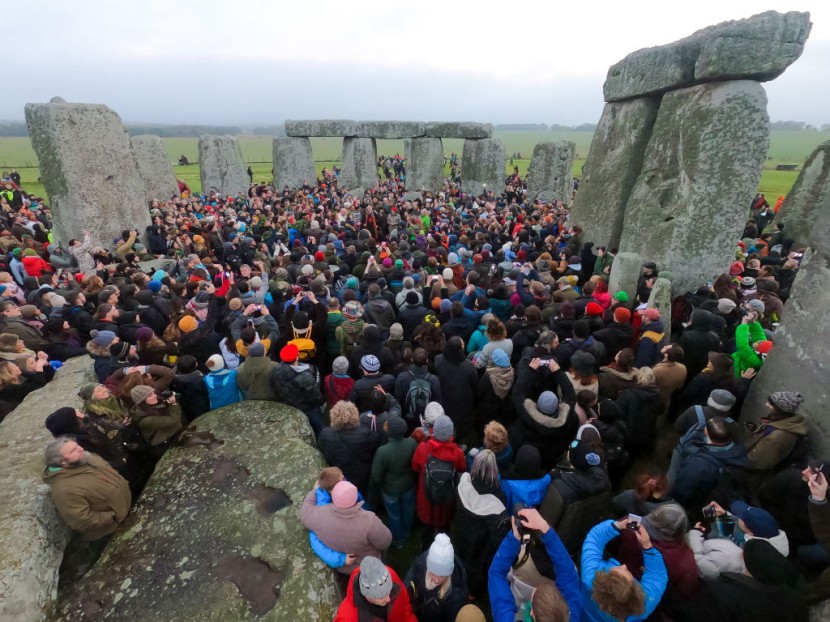This Friday (December 22), at 03:27 UTC, the Earth will experience the longest night of the year as the Winter Solstice happens.
Aside from having the longest night of the year, the Winter Solstice—normally falling between December 20 and 23—marks the end of the warm seasons and the beginning of winter in the Northern Hemisphere and summer in the Southern.
Since the Earth is orbiting the Sun at a 23-degree tilt, this means that different parts of the Earth would experience opposing seasons at least twice a year. And also twice a year, both hemispheres would experience the same amount of daytime in what is called an "equinox," which happens every spring and autumn.

Celebrations Related to the Winter Solstice
According to Marca, the Winter Solstice was traditionally a time of reflection, festivals, and rituals, often associated with rebirth, renewal, and the gradual return of light.
Aside from Christmas, several festivals were also being celebrated across the Northern Hemisphere, such as St. Lucy's Day and Yule in Scandinavia and Saturnalia and Sol Invictus during Roman times.
Another famous Winter Solstice festival was the one in Stonehenge near Salisbury in the UK. The Salisbury Journal reported that English Heritage announced that it would be livestreaming its Winter Solstice celebrations from Stonehenge aside from the on-site festival.
Related Article : Most Powerful Solar Flare Since 2017 Observed by NASA
© 2025 HNGN, All rights reserved. Do not reproduce without permission.








